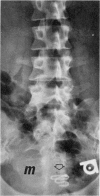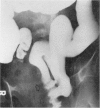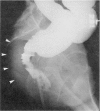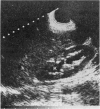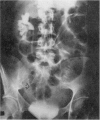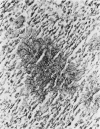Abstract
Pelvic inflammatory disease (PID) is one of the most commonly encountered serious infectious disease entities in gynecology. The past decade has witnessed many advances in our understanding of the pathogenesis of PID. It is now evident that such pelvic infections are largely polymicrobial in origin, with major involvement by anaerobic organisms. Salpingo-oophoritis is a part of the spectrum of PID. Included among this group of infections are tubo-ovarian abscesses, traditionally referred to as either gonococcal or non-gonococcal in origin. Within the latter group of infections the importance of anaerobic organisms has also been elucidated. Of particular interest is the reported observation of an increased frequency of salpingo-oophoritis among users of intrauterine devices (IUDs). These reports have noted the specific occurrence of serious pelvic infections due to Actinomyces species, and this will be the topic of the infectious disease conference. Our patient presented with a chronic illness characterized by lethargy, back pain, fever, and anemia; subsequently evaluation disclosed the presence of a large pelvic mass which was confirmed as a tubo-ovarian abscess at surgery. Histological evaluation demonstrated involvement by Actinomyces species. This patient's illness is discussed as a complication of chronic IUD usage with reference to specific management for this emerging problem.
Full text
PDF

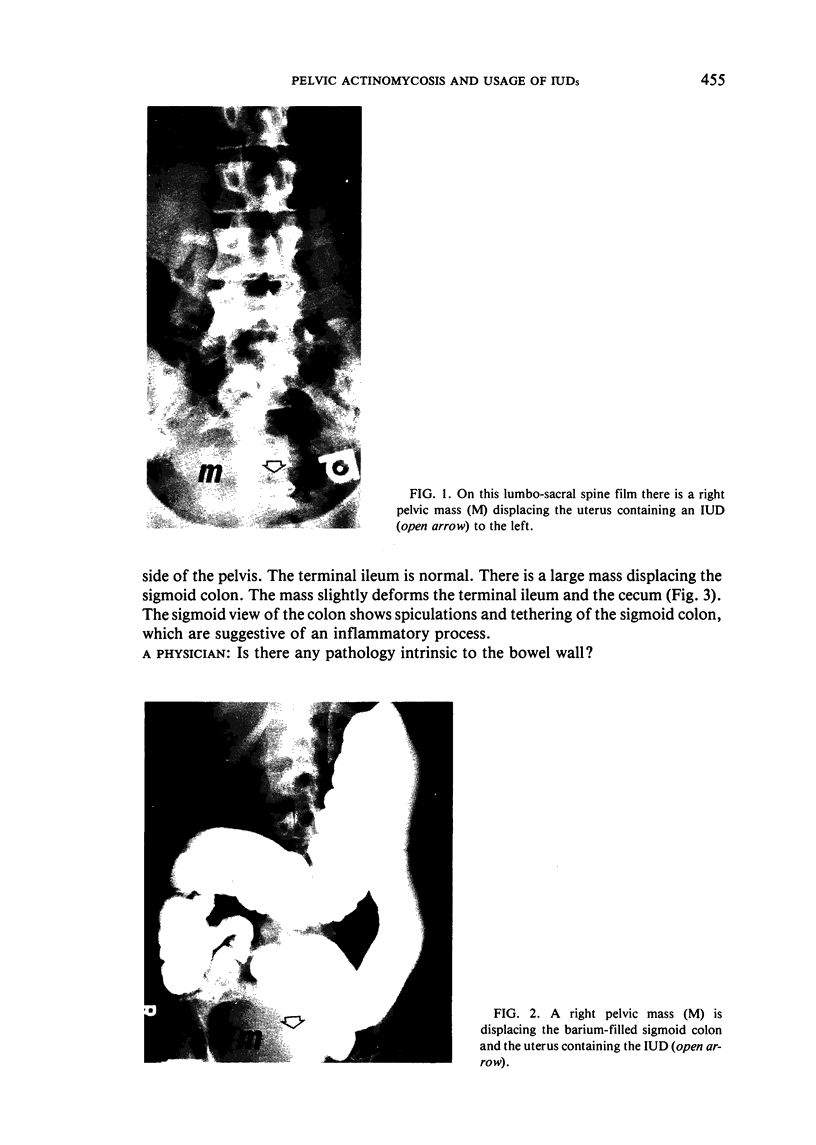


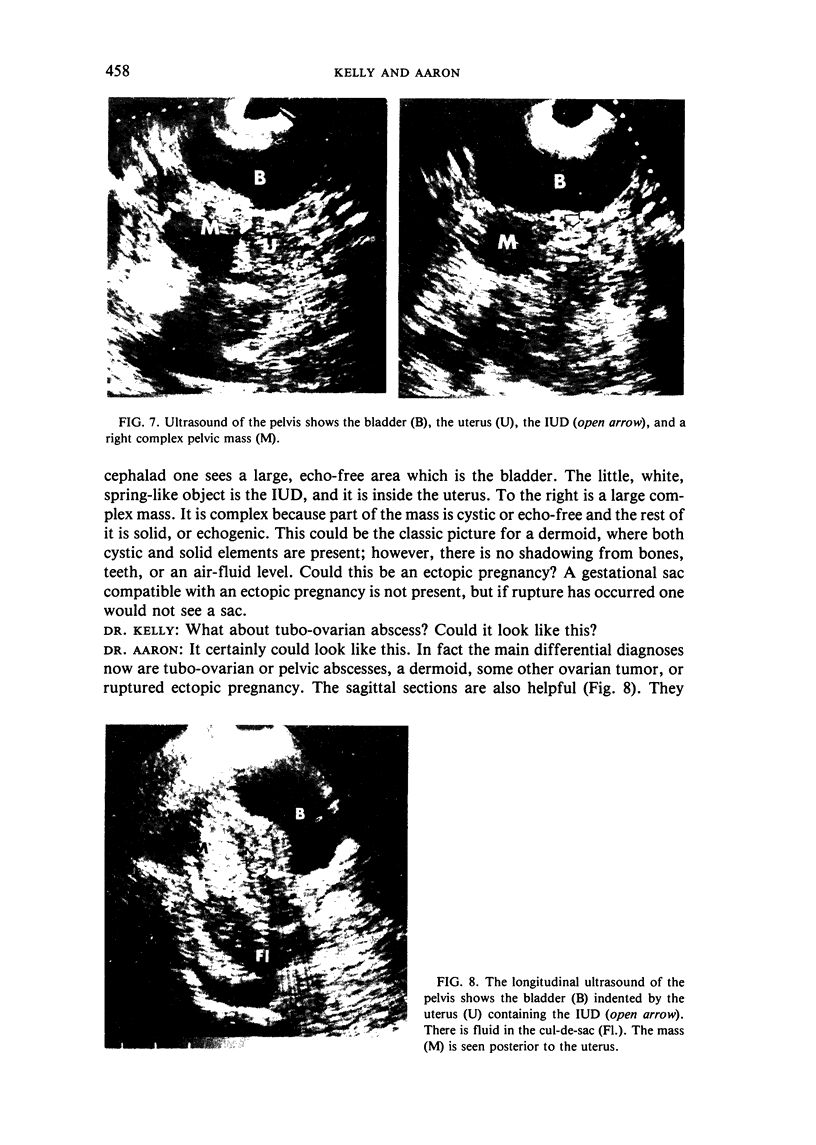

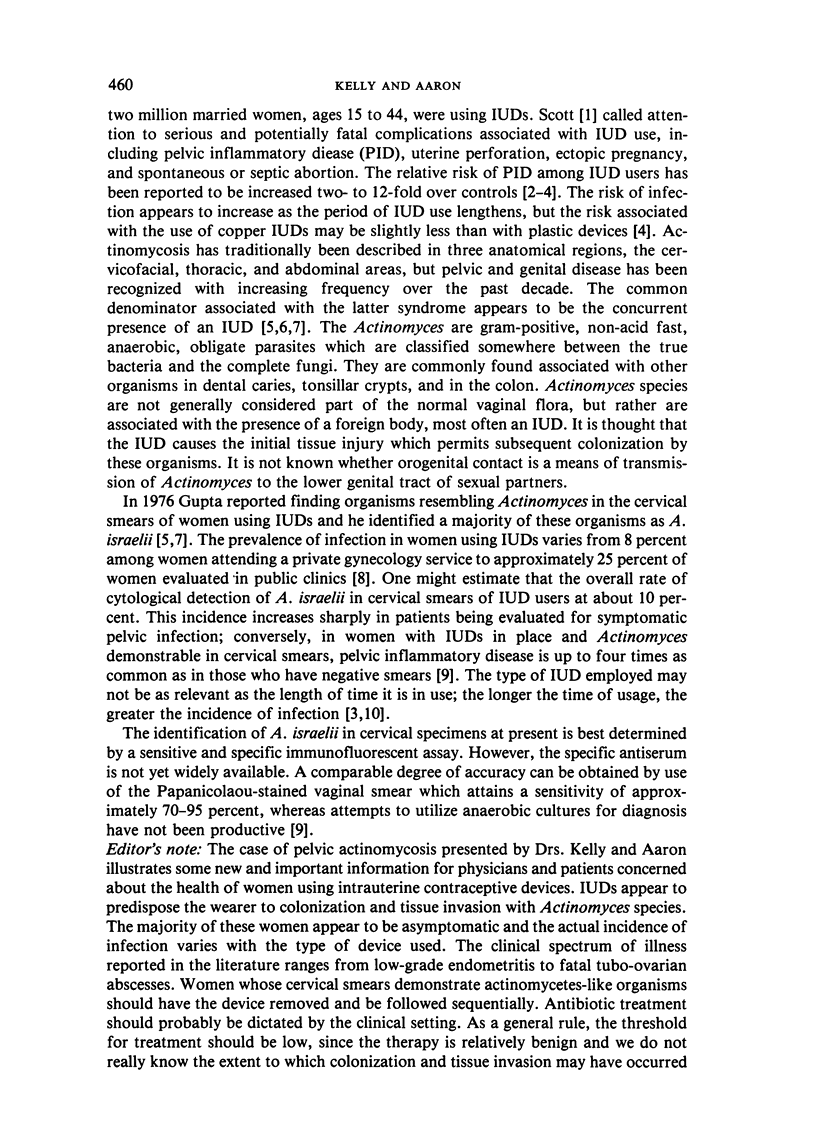

Images in this article
Selected References
These references are in PubMed. This may not be the complete list of references from this article.
- Burkman R. T. Association between intrauterine device and pelvic inflammatory disease. Obstet Gynecol. 1981 Mar;57(3):269–276. [PubMed] [Google Scholar]
- Gupta P. K., Erozan Y. S., Frost J. K. Actinomycetes and the IUD: an update. Acta Cytol. 1978 Sep-Oct;22(5):281–282. [PubMed] [Google Scholar]
- Gupta P. K., Hollander D. H., Frost J. K. Actinomycetes in cervico-vaginal smears: an association with IUD usage. Acta Cytol. 1976 Jul-Aug;20(4):295–297. [PubMed] [Google Scholar]
- Gupta P. K., Woodruff J. D. Actinomyces in vaginal smears. JAMA. 1982 Feb 26;247(8):1175–1176. [PubMed] [Google Scholar]
- Jones M. C., Buschmann B. O., Dowling E. A., Pollock H. M. The prevalence of actinomycetes-like organisms found in cervicovaginal smears of 300 IUD wearers. Acta Cytol. 1979 Jul-Aug;23(4):282–286. [PubMed] [Google Scholar]
- Kaufman D. W., Shapiro S., Rosenberg L., Monson R. R., Miettinen O. S., Stolley P. D., Slone D. Intrauterine contraceptive device use and pelvic inflammatory disease. Am J Obstet Gynecol. 1980 Jan 15;136(2):159–162. doi: 10.1016/0002-9378(80)90589-x. [DOI] [PubMed] [Google Scholar]
- Osser S., Gullberg B., Liedholm P., Sjöberg N. O. Risk of pelvic inflammatory disease among intrauterine-device users irrespective of previous pregnancy. Lancet. 1980 Feb 23;1(8165):386–388. doi: 10.1016/s0140-6736(80)90942-3. [DOI] [PubMed] [Google Scholar]
- Scott R. B. Critical illnesses and deaths associated with intrauterine devices. Obstet Gynecol. 1968 Mar;31(3):322–327. doi: 10.1097/00006250-196803000-00003. [DOI] [PubMed] [Google Scholar]
- Valicenti J. F., Jr, Pappas A. A., Graber C. D., Williamson H. O., Willis N. F. Detection and prevalence of IUD-associated Actinomyces colonization and related morbidity. A prospective study of 69,925 cervical smears. JAMA. 1982 Feb 26;247(8):1149–1152. [PubMed] [Google Scholar]



